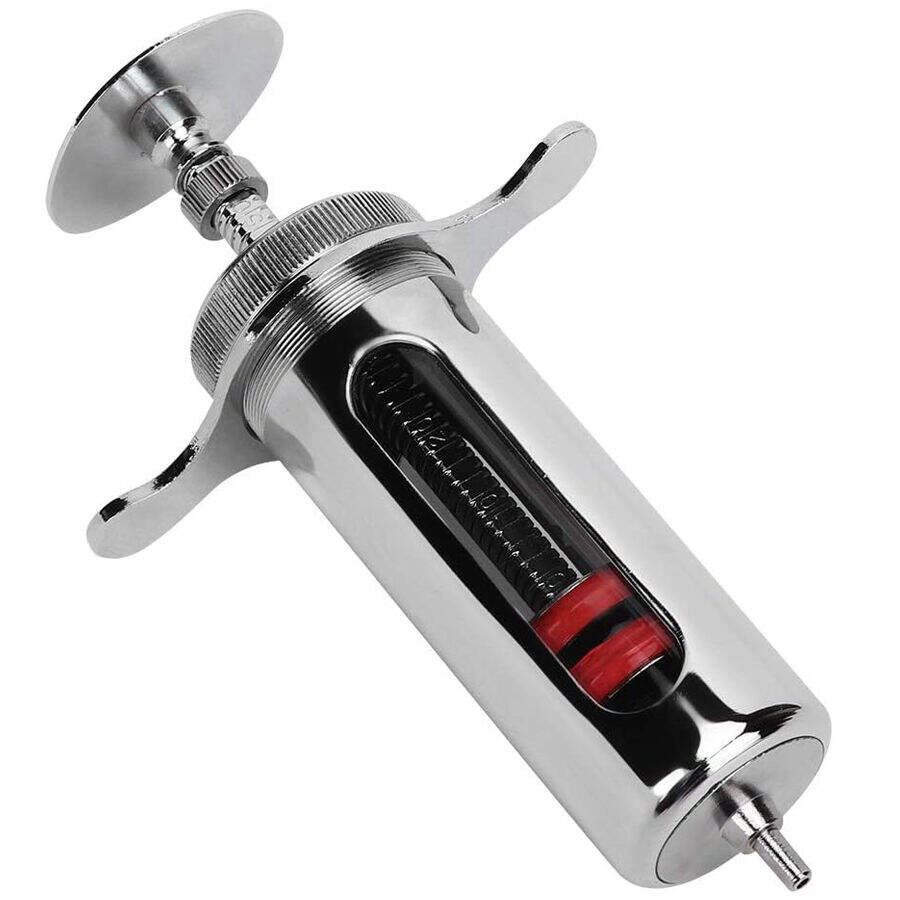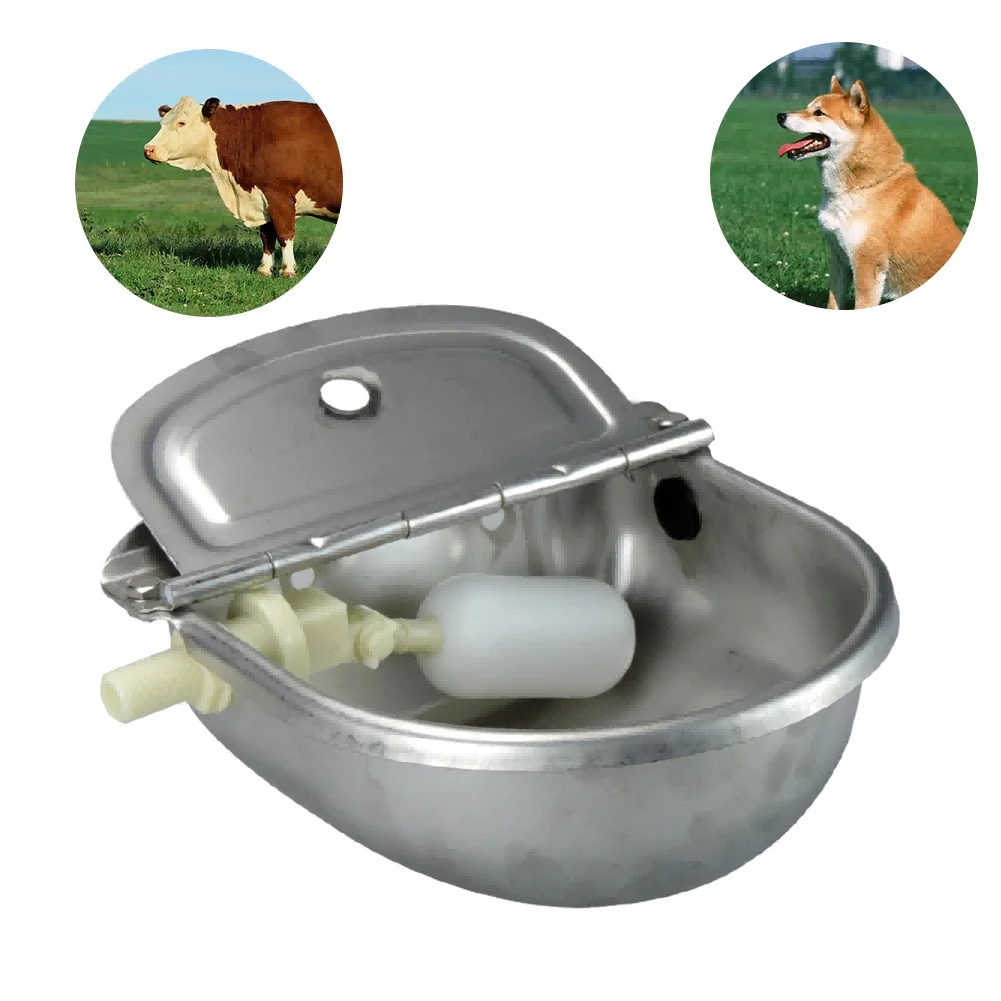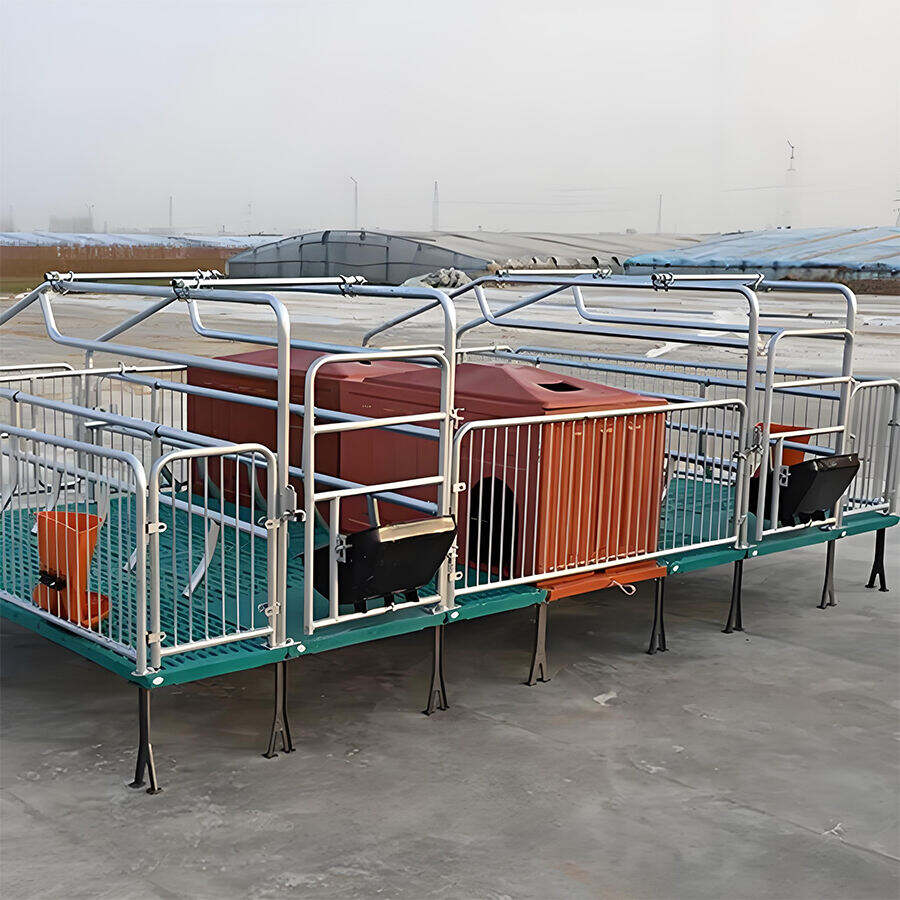poultry auger feeder
The poultry auger feeder represents a revolutionary advancement in automated feeding systems for modern poultry operations. This innovative feeding solution utilizes a helical screw mechanism to efficiently transport and distribute feed throughout poultry houses. The system consists of a main hopper, a precision-engineered auger mechanism, and strategically placed feeding points that ensure uniform feed distribution. Operating on a programmable schedule, the auger feeder maintains consistent feed delivery while minimizing waste and labor requirements. The system's robust construction, typically featuring heavy-duty materials like galvanized steel and high-grade plastics, ensures durability and longevity in demanding poultry environments. Advanced models incorporate sensors that monitor feed levels and automatically adjust distribution rates, preventing overfeeding or feed shortages. The auger mechanism's design allows for smooth feed movement without damaging feed quality or creating excess dust, maintaining optimal feed consistency for better bird health. This feeding system can be customized to accommodate various poultry house layouts and flock sizes, making it suitable for both small-scale operations and large commercial facilities.


